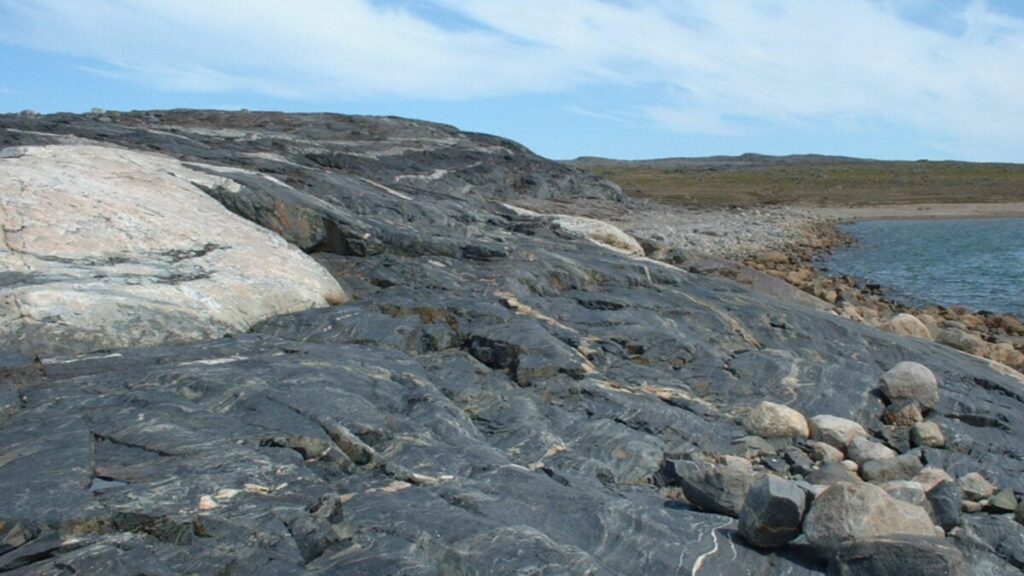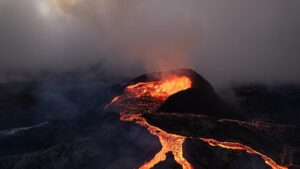
NORTHEASTERN CANADA – In a groundbreaking study, researchers have discovered that the Nuvvuagittuq Greenstone Belt (NGB) in northeastern Canada might contain some of the oldest rocks on Earth, potentially dating back 4.16 billion years. This revelation offers a rare glimpse into the planet’s primordial history, a period often shrouded in mystery due to the constant recycling of Earth’s crust through tectonic activity.
Immediate Impact
The study, published in the journal Early Earth, suggests that these ancient rocks could provide invaluable insights into the early geological stages of our 4.5-billion-year-old planet. The findings challenge previous research that estimated the rocks to be as old as 4.3 billion years, yet they reinforce the idea that the NGB may indeed host remnants of Earth’s earliest crust.
Key Details Emerge
Professor Jonathan O’Neil from the University of Ottawa, along with a team of researchers from Canada and France, conducted the study. They focused on metagabbroic intrusions within the NGB, which interrupt older basaltic rocks. This characteristic allowed the team to employ various isotopic analyses to establish a minimum age for these formations.
“Many questions remain regarding Earth’s earliest crust owing to the rarity of Hadean (>4.03 billion-year-old) rocks and minerals,” the researchers noted.
Radiometric dating, a common method for determining the age of rocks, played a crucial role in this study. By measuring the decay of samarium isotopes into neodymium isotopes, the researchers consistently found evidence pointing to a minimum age of 4.16 billion years.
By the Numbers
- 4.16 billion years: Minimum age determined for rocks in the NGB
- 4.5 billion years: Estimated age of Earth
- >4.03 billion years: Age of Hadean rocks
Background Context
The Nuvvuagittuq Greenstone Belt has long been a subject of scientific intrigue due to its potential to unlock secrets of Earth’s formative years. Previous estimates of the rocks’ age have been contentious, with some researchers attributing isotopic data to later geological mixing processes rather than the rocks’ true age.
This development builds on ongoing debates within the scientific community regarding the reliability of dating techniques, particularly in light of recent controversial findings on prehistoric footprints. Both studies underscore the necessity of critically evaluating dating methods that could have significant historical implications.
Expert Analysis
According to the American Association for the Advancement of Science, the controversy surrounding the NGB’s age highlights the complexities of geological research. The association emphasized the importance of methodological rigor and cross-verification in studies that seek to redefine our understanding of Earth’s history.
What Comes Next
The timing is particularly significant because this study may influence future research directions and funding allocations aimed at exploring Earth’s ancient past. As scientists continue to investigate these ancient formations, the NGB could become a focal point for understanding the planet’s earliest geological processes.
Meanwhile, industry experts warn that the quest to uncover Earth’s origins is far from over. The findings from the NGB are expected to spark further exploration and debate, as researchers strive to piece together the complex puzzle of our planet’s history.
The move represents a significant shift from previous assumptions, potentially paving the way for new theories about Earth’s formative years. As more data emerges, the scientific community will remain vigilant, eager to unravel the mysteries that lie beneath the surface.







